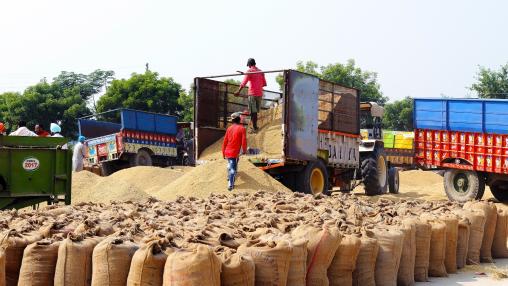
FAO Food Price Index Hits Record High
The FAO Food Price Index hit a record high in February, exceeding the previous record of February 2011. The index rose 3.9 percent from January and 20.7 percent from February 2021. Vegetable oil, dairy, cereal, and meat price increases all contributed to the continued surge.

The Ukraine Conflict and Global Food Price Scares
The escalating tensions in the Black Sea region heaped fresh risks on global food markets already struggling with soaring prices, supply-chain disruptions, and a bumpy recovery from the pandemic. Before the Ukraine crisis, overall conditions in markets for staple foods looked reasonably favourable and seemed to augur for softening prices during 2022, even as sharply rising food prices in domestic markets in many developing countries continue to raise concerns about greater food insecurity. The escalation of the conflict is now putting markets into serious turmoil.
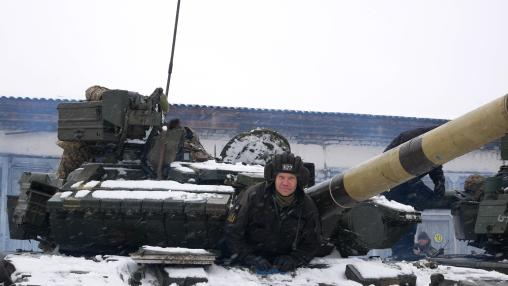
How will Russia’s invasion of Ukraine affect global food security?
The unfolding crisis in Ukraine has roiled commodity markets and threatens global food security. Ongoing fallout from the COVID-19 pandemic and other factors have already driven up food prices. Poor harvests in South America, strong global demand, and supply chain issues have reduced grain and oilseed inventories and driven prices to their highest levels since 2011-2013.
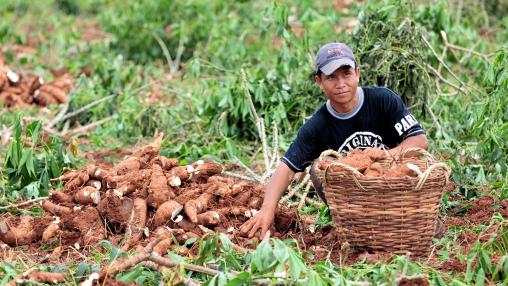
The Impacts of COVID-19 on Farmers' Income and Food Security In The Globalized Cassava Value Chains In Cambodia and Vietnam
Scientists from the Alliance of Bioversity International and CIAT, led by Vanya Slavchevska, undertook a rapid study to gather evidence on the initial impacts of COVID-19 on cassava smallholders in Cambodia and Vietnam.
The research evaluates how smallholders coped with the economic consequences of COVID-19 in the short term, and whether livelihood diversification strategies mediated or exacerbated the impacts of the crisis.
The COVID-19 pandemic context
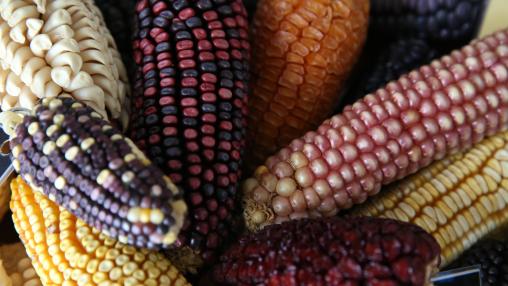
FAO Food Price Index Reaches 10-Year High in 2021
In December 2021, the FAO Food Price Index fell by 0.9 percent from the previous month, with vegetable oils and sugar prices both seeing significant declines. However, in 2021 overall, the Index reached a 10-year high and was up by 28.1 percent above 2020 levels.
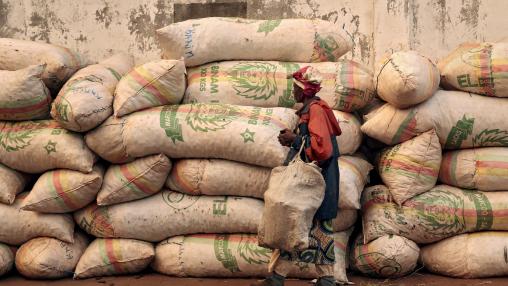
Policy seminar: Prospects for reforming agricultural support as WTO MC12 approaches
The COVID-19 pandemic has disrupted trade of food and farm products, and the agricultural sector is under immense pressure to overcome trade barriers while also responding to climate change. With ongoing tensions between major economies and with current structural impacts in trade and food security, the upcoming (and now twice-postponed due to the pandemic) 12th WTO Ministerial Conference is necessary to provide an opportunity to address and reform agricultural domestic support and to update the global trade book.
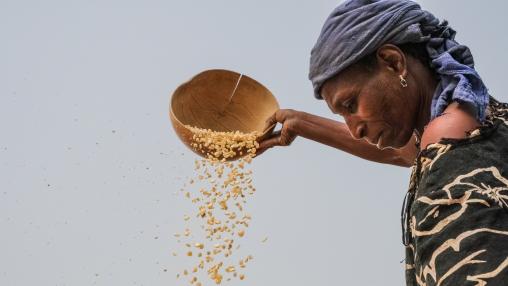
FAO Food Index Continues to Rise
The FAO Food Price Index continued to rise in November, up 1.2 percent from the previous month and 27.3 percent from November 2020. This increase, driven mostly by rising cereal and dairy prices, brought the Index to its highest level since June 2011.

Food security and economic impacts of African swine fever: New FSP tool launched
In 2018, African swine fever (ASF), a deadly hemorrhagic disease found in pigs, was reported for the first time in China. By mid-2019, the disease had infected hundreds of millions of pigs—anywhere from 30 to 70 percent of the country’s swine population. Millions of pigs were culled in an effort to slow the spread of the disease, resulting in a drastic reduction in the volume of Chinese pork produced.
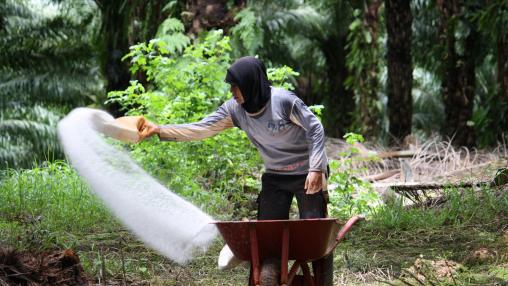
Commodity Prices Reach Highest Level since July 2011: FAO Food Price Index, AMIS Market Monitor Released
The FAO Food Price Index rose 3 percent in October to reach its highest level since July 2011. The October Index stood 31.3 percent higher than its October 2020 levels. Last month’s increase was driven primarily by cereal (particularly wheat) and vegetable oil prices.
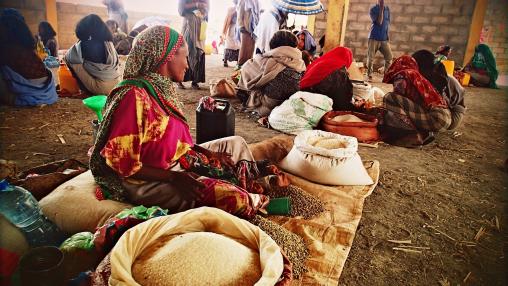
Food, fertilizer prices continue to rise: Latest FAO Food Price Index and AMIS Market Monitor Released
The FAO Food Price Index continued to rise in September, driven by increasing cereal and vegetable oil prices. The Index was up 1.2 percent from August 2021 and 32.8 percent from September 2020.